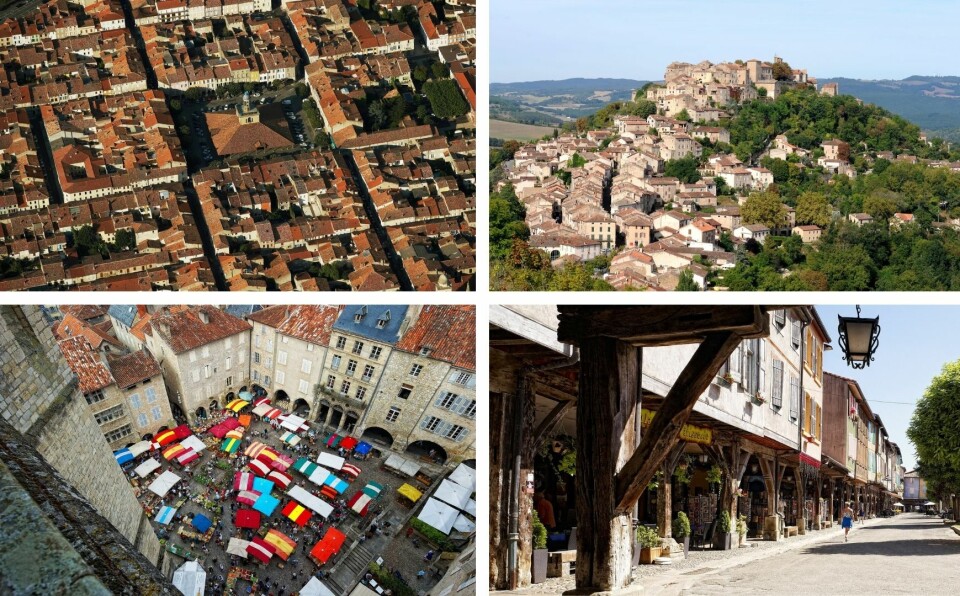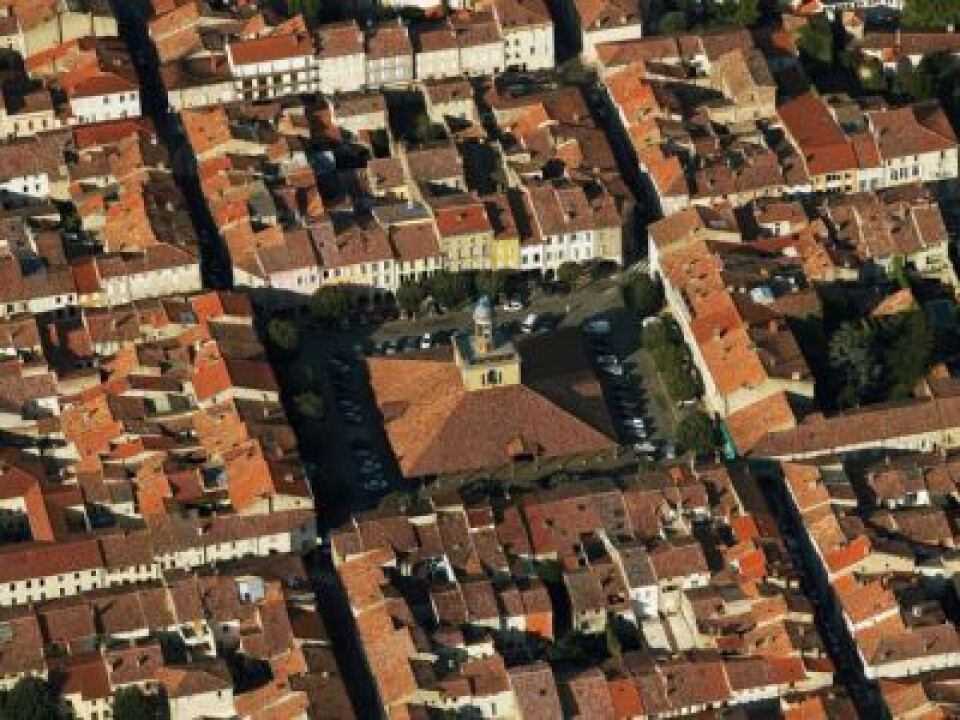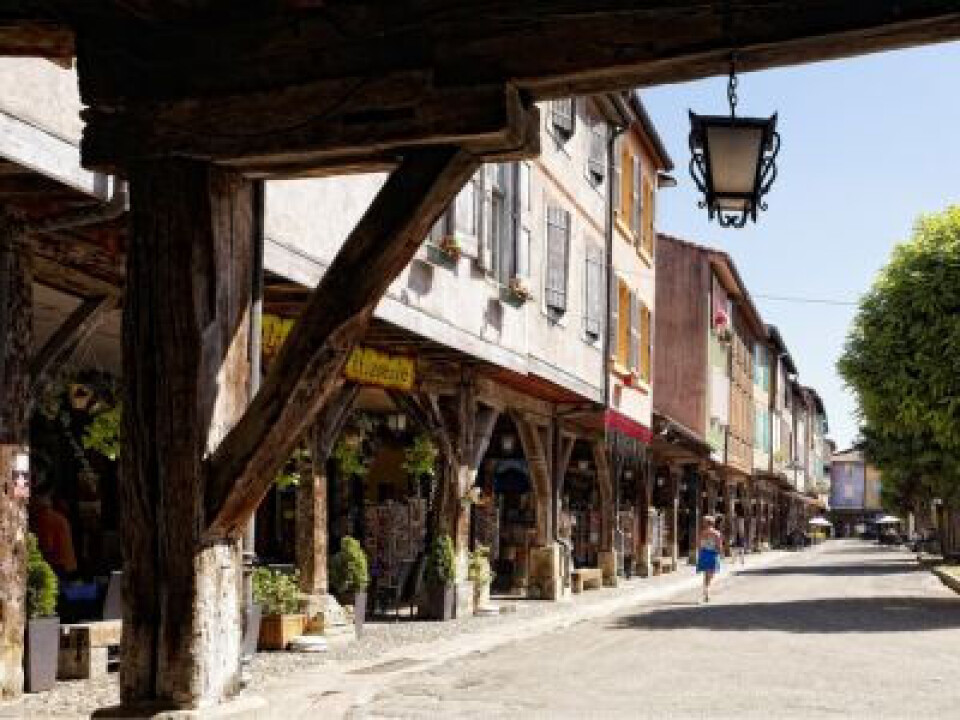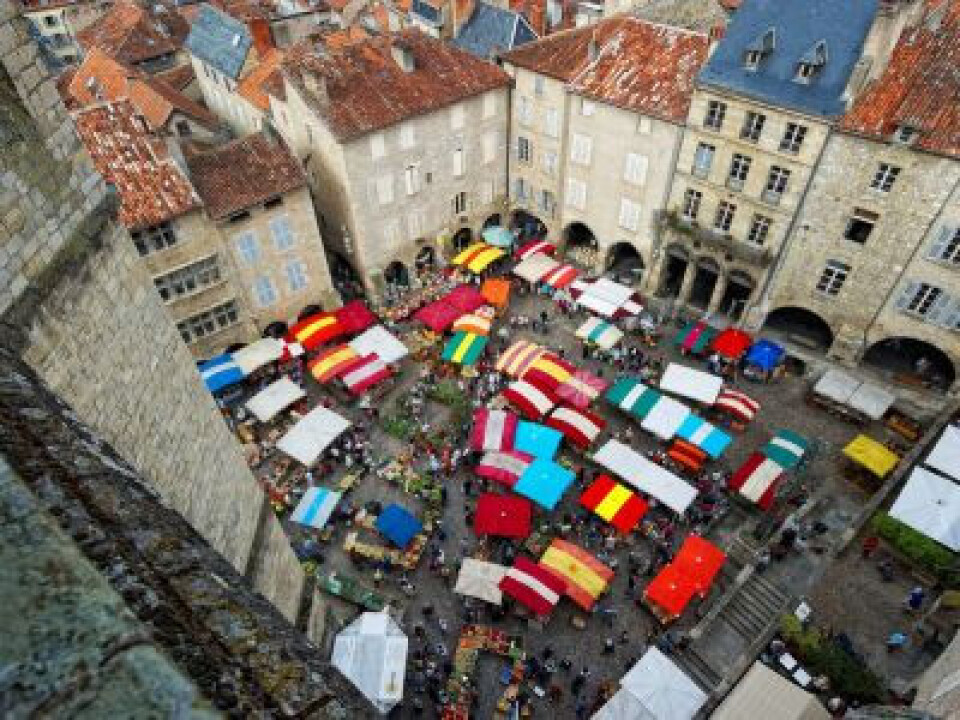-
Lookalike La Poste site accused of misleading users in France
Reader says he was overcharged by poste-en-ligne.com and his letter did not even arrive
-
Films and series to watch in January 2026 to improve your French
France is a hub of talent when it comes to film and TV, and watching in French can greatly improve your language skills
-
French eye care system: readers’ experiences
Two readers have a differing opinion of the system
SEE: The medieval bastide villages of south-west France
Historian Dr Julia Faiers uncovers the story behind the grid streets and arcades that tourists love

The bastides of south-west France have become something of a tourism magnet in the 21st Century.
Visitors flock in their thousands to walk the medieval streets, explore the churches, and spend money at the market or shops that line the surrounding arcades.
But what exactly are bastides, and when, where, and why were they built?
A new and different type of village
Bastides (bastida in both medieval Latin and Occitan) were villages created from scratch, mostly between the 13th and 14th Centuries.
The word appears in the historical record from 1220, in official acts that refer to bastida seu villa nova (bastide or new village), showing that this was a new and different type of village.
Typically the houses and roads were built in a grid pattern around a central square often bordered by a covered arcade.

Why were they founded at this time?
It is a myth that the southern countryside was sparsely populated and unregulated. But the creation of new towns in the region allowed the powerful counts of Toulouse and the kings of France to develop ambitious political plans through the urbanisation and improvement of the landscape and its population.
In the space of around 120 years, nearly 200 bastides were built in what is now Occitanie.
Cordes was the first, created in 1222 by the count of Toulouse Raymond VII, and Revel, near Toulouse, was one of the last, built in 1341.
Read more: Cordes-sur-Ciel: The pretty French town in the clouds
There are many reasons why the counts of Toulouse, kings, and ecclesiastical elites instigated this flurry of new-town building in such a relatively short period.
Primarily, these powerful individuals wanted to harness the potential of the region’s natural resources to grow the economy and to consolidate their authority.

Increased tithes and security were a factor
Building well-organised and robustly defended villages to house populations improved the living standards – and therefore productivity –of the working population. Which, in turn, meant more tithes for the founders and for the church.
Monpazier in Périgord, for example, still has its Maison du Chapitre. Built at the end of the 13th Century at the highest point of the village, the house served as a tithe barn for storing wheat received as tithes for the maintenance of the clergy.
In the southwest, the tithes collected could reach as much as an eighth of the entire harvest.
For many bastide founders, security was also a factor.
In Armagnac country, Marciac was created at the start of the 13th Century to root out the brigands and thieves that lived in the region’s marshy forests. Clearing the land to build the town drove out the miscreants and improved the security of the wider area.
Bastide names tell a story
Local rivalries also played their part. Alphonse de Poitier, who was working for the interests of his brother, King Louis IX (Saint Louis), in 1252 founded Villefranche-de-Rouergue in Aveyron for the sole purpose of countering the power of the bishops of Rodez and Cahors, while supporting the count of Rodez. To consolidate royal authority in the region, he then founded Najac in 1255.
Read more: Royal history: ‘top’ five kings of France named Louis
These elite founders often chose names intended to promote the settlement’s advantages.
Some trumpeted their newness – evident in the many bastides with Villeneuve (new town) in their name: Villeneuve-sur-Lot, and Villeneuve-d’Olmes in Ariège.
For others, their name does what it says on the tin; hence Labastide-Murat in the Lot, and Labastide-Savès in the Gers.
Other names proudly advertise their advantageous location; Montastruc in Haute-Garonne, for example, means well-situated mountain (astruc literally means ‘born under a lucky star’), while Montfort in the Gers declares its superior defensive qualities as a ‘strong mountain’.
Other founders named new towns after places they had admired on their travels, especially in what are now Italy and Spain, such as Boulogne (Bologna), Fleurance (Florence), and Cordes (Cordoba).
Bastide founder Eustache de Beaumarchais named Pampelonne after Pamplona, capital of Navarre, a city which he had once governed. (He also named a bastide after himself at Beaumarchès in the Gers).
Tournay was named after Tournai by Gaston II de Foix following a military campaign to Flanders.

Bastides continue to be inhabited almost 700 years later
Some of the new bastides were so successful that they had an impact on the influence and power of neighbouring landowners.
The capitouls (municipal magistrates) of Toulouse, for example, were so worried about the economic growth in the new villages outside of their direct control that they appealed to the king in 1344.
As a result they obtained patents that forbade the lords of Toulouse, Carcassonne, and Cahors from building a bastide without the express permission of the king.
Despite this official clamp down, the original bastides survived wars and famines over the centuries, and continue to be inhabited almost 700 years later.
























